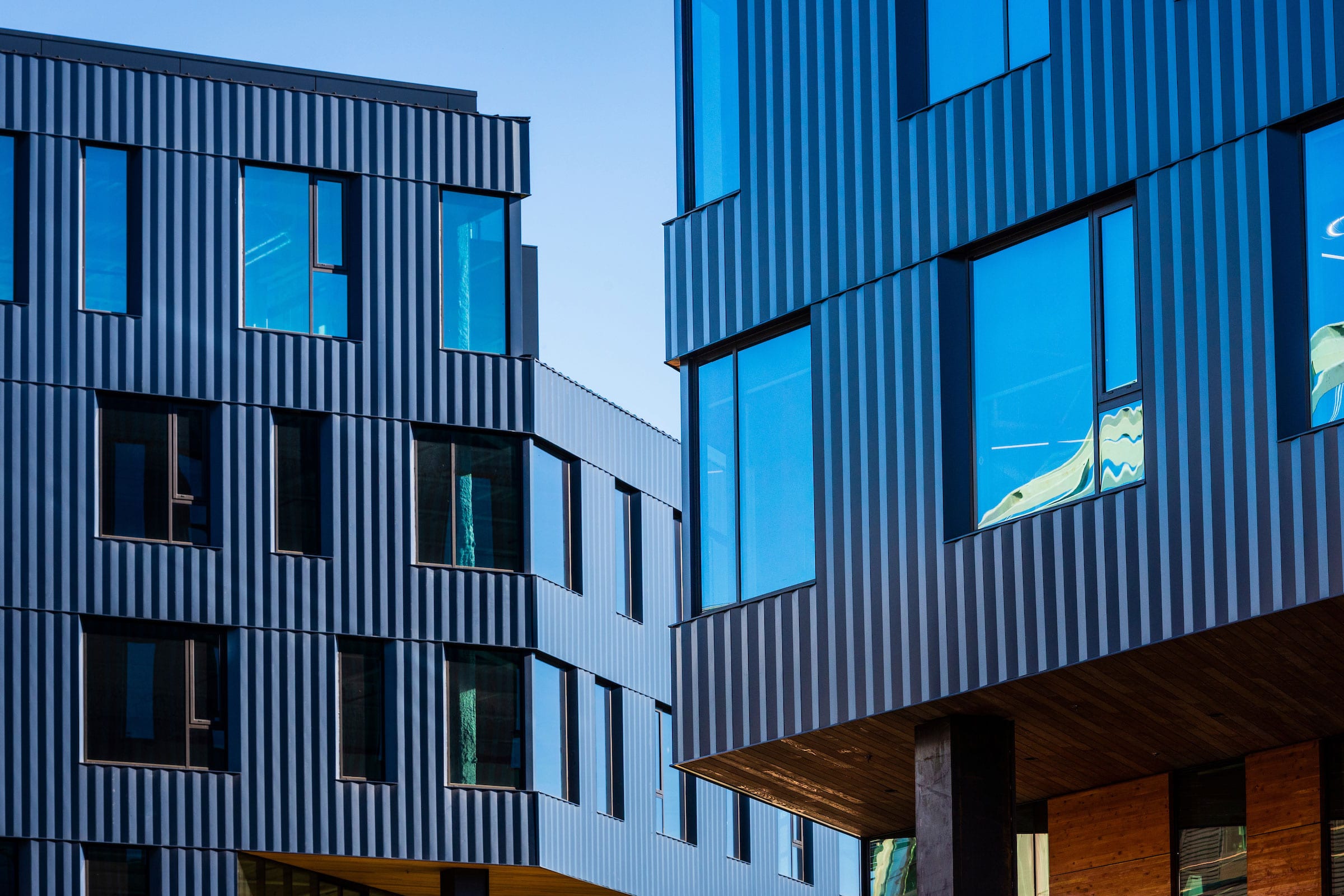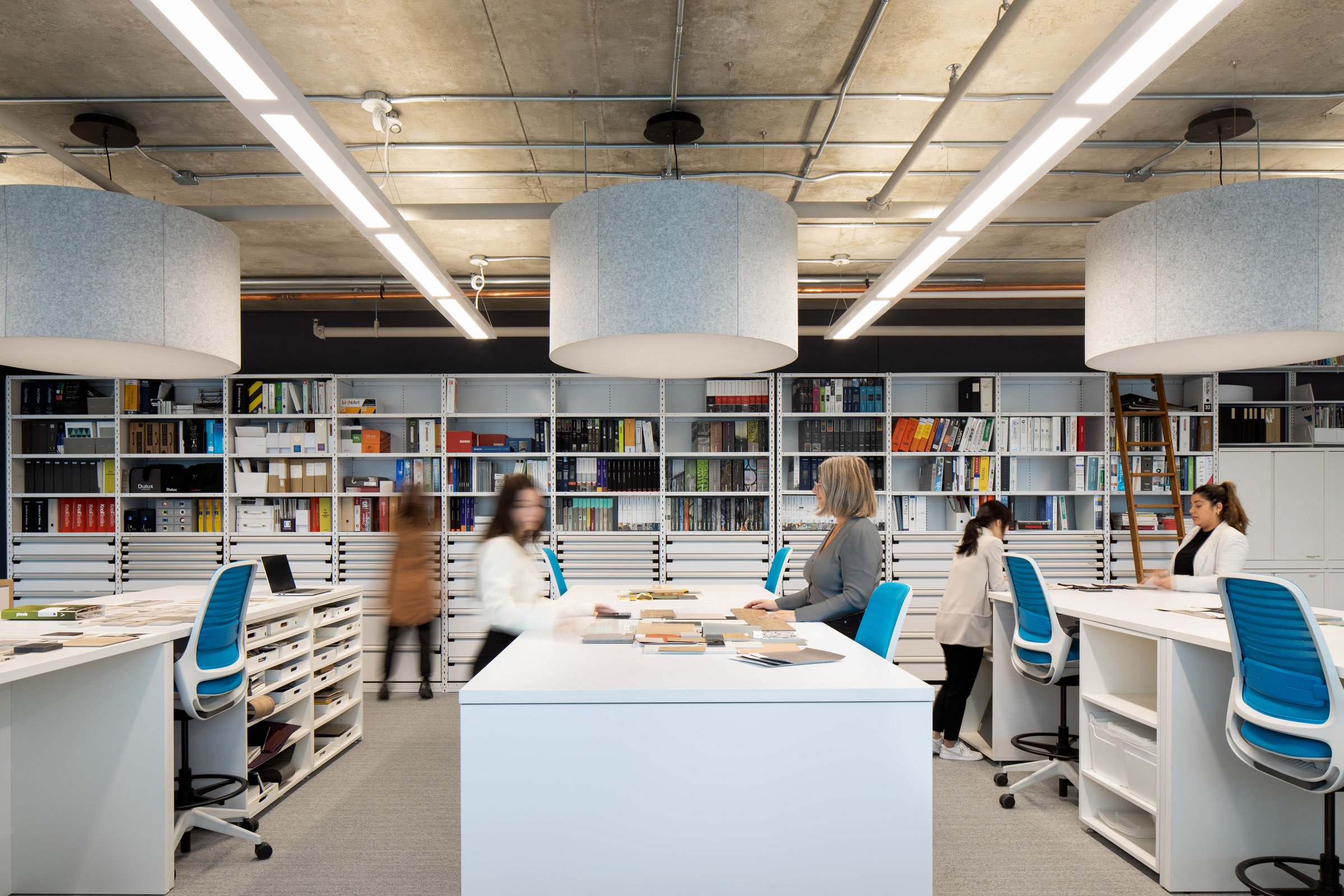Story at a glance:
- Energy-efficient windows can help reduce a building’s heating and cooling energy usage by as much as 30%.
- Frame material, number of panes, type of coating, weather-stripping, and the actual installation itself are all crucial factors when it comes to energy-efficient windows.
- Selecting windows with an ENERGY STAR label is an easy way to ensure they are energy-efficient.
On average heat lost and gained through windows accounts for anywhere from 25 to 30% of a structure’s total HVAC energy usage, resulting in higher operating costs and increased carbon emissions. Older, poorly installed, or just plain inefficient windows may allow air to leak out/in, or they may simply not offer adequate insulating properties, allowing for increased thermal heat gain/loss over time.
Fortunately this does not have to be the case, as advancements in window technology have produced windows that are extremely energy-efficient thanks to a variety of features, factors, and material choices.
Let’s explore what makes a window energy-efficient, compare and contrast some popular options, and take a look at a few project examples where energy-efficient windows have been installed.
What Makes a Window Energy-Efficient?
Generally speaking the easiest way to determine whether a window is energy-efficient is to check if it has an official ENERGY STAR label. These windows meet the efficiency requirements and standards set by the EPA, meaning they are known to perform better than traditional windows.
Of course, that in and of itself doesn’t necessarily tell you why the window is energy-efficient—and truth be told, there are many factors that contribute to the overall efficiency of any given window.
Window Frame Material
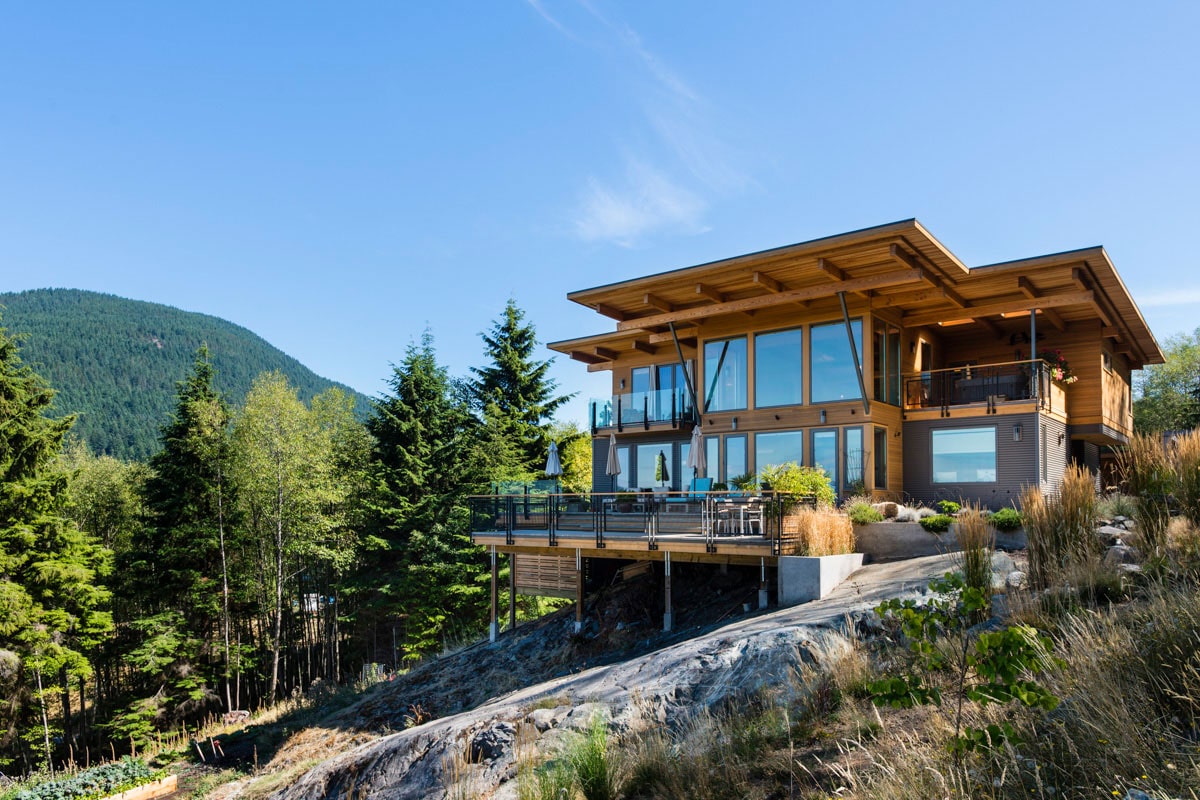
The structural strength of fiberglass windows, along with their high thermal performance, makes them ideal for large glazing areas in residential or commercial buildings. Photo by Paul Grdina
While it’s not the most important factor in determining energy-efficiency, the material used to construct the window frame does have an impact on the window’s overall insulating capabilities.
This is due to the fact that different materials have different rates of conduction—represented as the U-value—which speaks to how much heat is directly transmitted through the frame itself. Materials with a low conductivity (and therefore a low U-value) are ideal for use in energy-efficient window framing.
Wood
Wood generally has a very low rate of conductivity and has long been favored as a building material for its natural insulative properties. On average wood-framed windows have a U-value that falls between 0.30 and 0.50 Btu/hr-sq. ft-°F.
Wood also has the advantage of being a highly sustainable option, though wood-framed windows can be expensive, require the most maintenance, and may not last as long as other framing materials (most wood frames need to be replaced every 20 years).
Vinyl
As long as they feature an insulated core, vinyl window frames possess a similar U-value to that of wood-framed windows and are more or less the same where energy-efficiency is concerned. Hollow-core vinyl frames, on the other hand, are less efficient than solid wood frames.
Unlike wood-framing, however, vinyl frames are relatively inexpensive and are virtually maintenance-free, while still boasting a long lifespan (30 to 40 years).
Aluminum
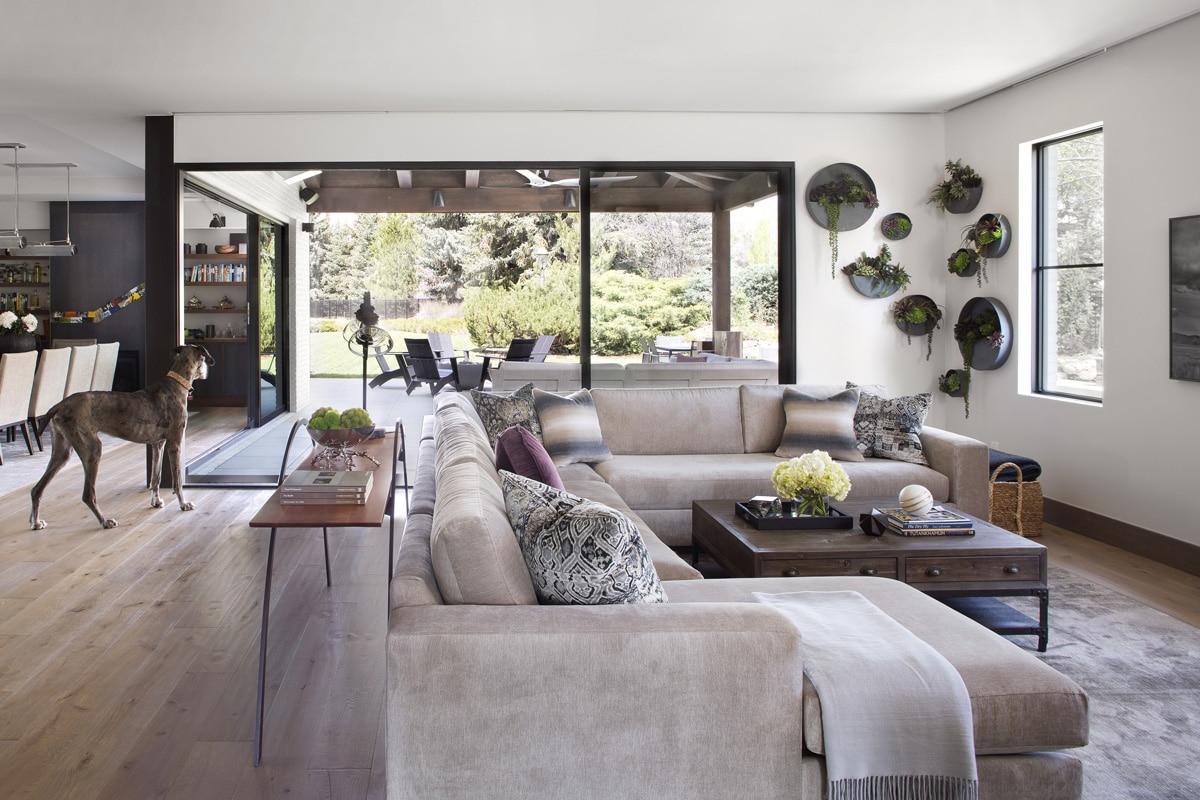
Western Window System’s aluminum frames. Photo courtesy of Western Window Systems
While aluminum has long been used to frame windows due to its affordability and minimal maintenance requirements, it has a much higher rate of conductivity than other framing options, which makes it difficult to achieve true energy efficiency on its own.
For aluminum-framing systems to be efficient they must include thermal breaks, or strips/blocks of insulation between the aluminum framing exposed to the outdoors and the aluminum framing that faces indoors. They typically aren’t as efficient as wood, vinyl, or fiberglass window frames.
In general aluminum-framed windows are more expensive, require more maintenance, and are less durable than vinyl-framed windows, though they are cheaper than wood-framed windows.
Fiberglass
Out of all four framing options, fiberglass framing—such as that offered by Cascadia Windows and Doors—tend to be the most efficient, boasting a U-value between 0.20 and 0.30 Btu/hr-sq. ft-°F.
“Fiberglass possesses an inherently low thermal conductivity, meaning without any additional thermal breaks or materials, fiberglass is 500 times less conductive than aluminum,” Michael Bousfield, technical director at Cascadia Windows & Doors, previously wrote for gb&dPRO. “That means a large-span double-glazed fiberglass window is more than 100% thermally efficient than a comparable aluminum window.”
On average fiberglass window frames have a life expectancy of 40+ years and require little maintenance.
Number of Panes
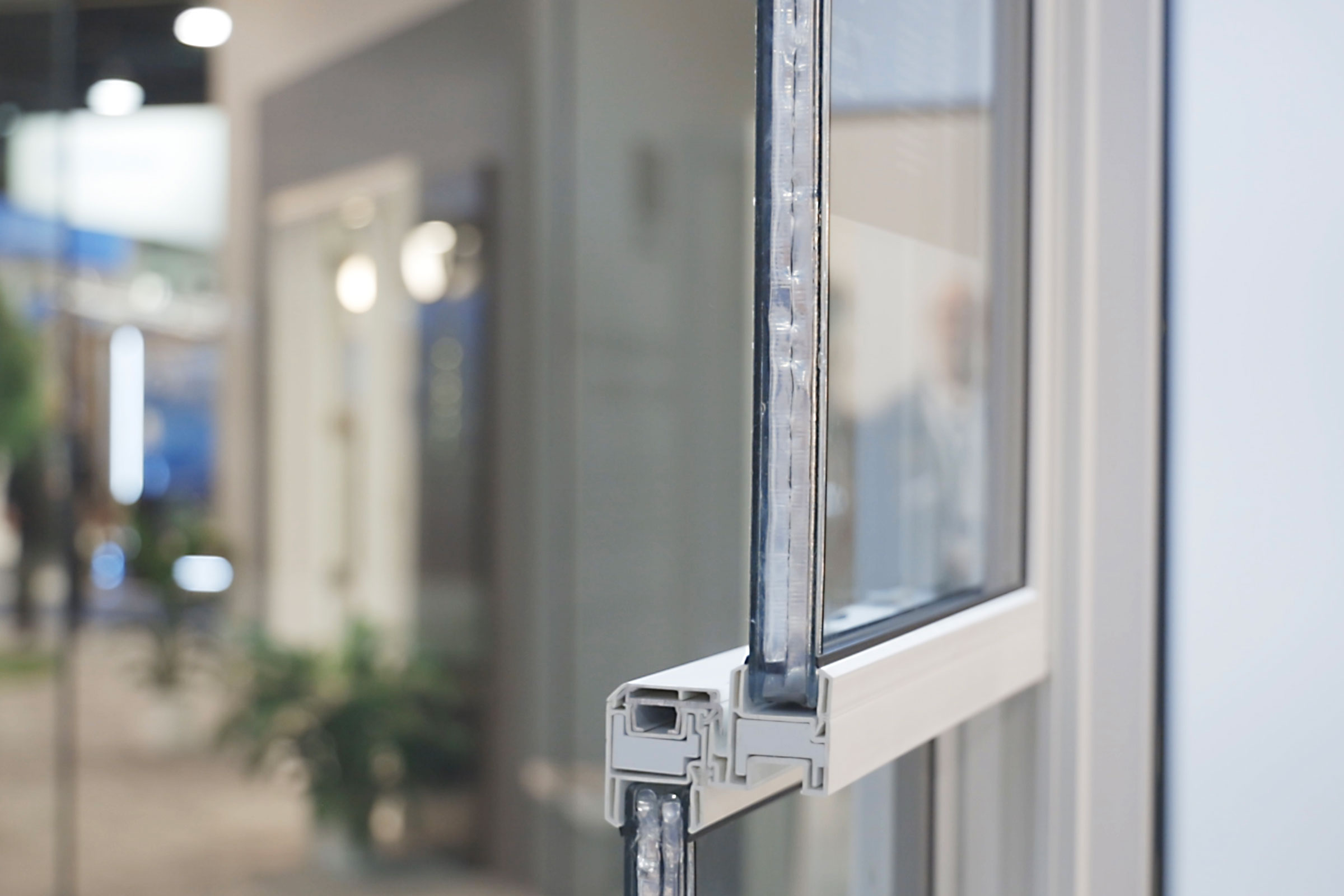
PGT Innovations’ Thin Triple Insulating Glass Unit is one of the most energy-efficient window options currently available. Photo courtesy of PGT Innovations
Similarly, the number of panes (or glazes) in a window greatly affects its energy efficiency, as this informs how insulative the glass actually is. Single-paned windows offer very poor insulation and allow heat to pass through them very easily, making them very cold in winter and very warm in summer.
By definition an energy-efficient window must contain at least two panes of glass, though there are also triple-pane varieties on the market. In both cases an inert gas (such as argon or krypton) is used to fill the spaces between panes, which in turn helps improve insulation against unwanted heat transfer into or out of the building.
Increasing the number of glass panes also lowers the window’s overall U-value, as multiple panes reduces the rate of conduction.
In terms of actual energy savings double-pane windows are estimated to reduce energy consumption by 18% during the summer months and approximately 24% during the winter months—and triple-paned windows can reduce energy use even further. PGT Innovations’ Thin Triple Insulating Glass Unit, for example—which features two panes of traditional glass and one pane of ultra-thin Corning Architectural Technical Glass—can reduce a window’s U-factor by at least 20%.
Double- and triple-paned windows also provide better outside noise reduction than traditional single-pane windows.
Window Coatings
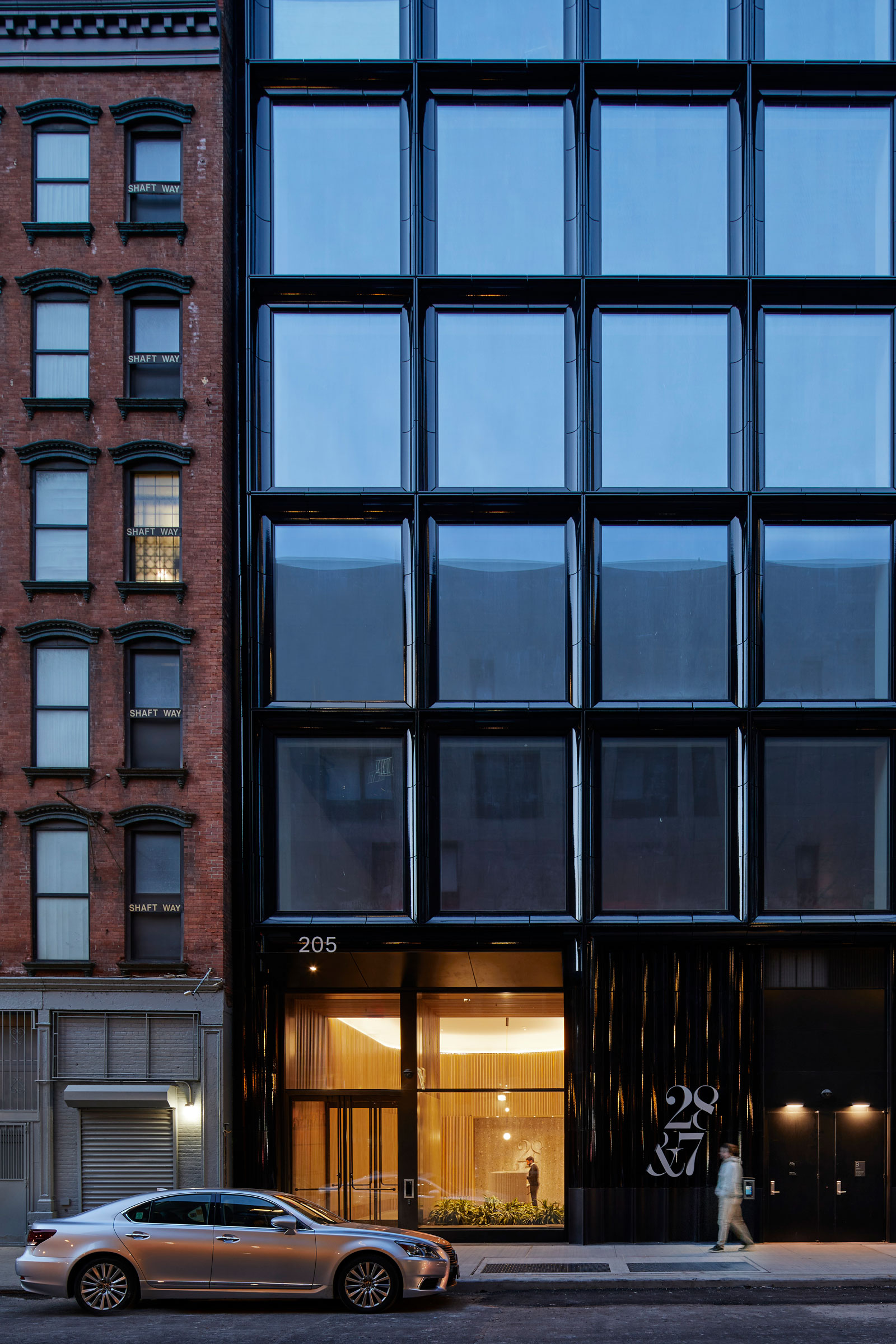
Large floor-to-ceiling windows at 28&7 flood the interiors with natural light, with corners that are fully glazed. For exceptional energy efficiency, the windows are triple-glazed and incorporate a low-e coating. Photo by Dave Burk, courtesy of SOM
To improve their efficiency further, windows can also make use of a variety of coatings, such as low-emissivity or low-E coatings. Low-E coating is a transparent, microscopically thin layer of film that typically contains metallic particles, which help to reflect long-wave infrared energy without compromising visibility.
Low-E coatings are the most effective means to lower a window’s solar heat gain coefficient (SHGC), or the amount of solar radiation that passes through it. SHGC is expressed as a decimal between 0 and 1—and the lower the number, the less solar heat is transmitted.
Although they are more expensive, windows with low-E coatings can significantly reduce energy usage, resulting in lower utility bills. On average, low-E coatings help conserve 50% of interior heat during the winter and reflect 70 to 80% of solar heat gain during the summer.
Weather-Stripping & Caulking
As the name suggests, weather-stripping is a material used to seal windows and doors to prevent outside weather from coming in. Damaged, ill-fitting, or completely non-existent window weather-stripping is one of the easiest ways for air (and moisture) to leak into and out of a building.
Different windows require varying amounts of weather-stripping, but the fact remains that any operable window will require weather-stripping between the sash and frame to maintain window efficiency. The most effective window weather-stripping includes tension-seal, reinforced foam, rolled or reinforced vinyl, magnetic, reinforced silicone, and fin-seal.
Non-operable windows and stationary components still require caulking to seal any potential gaps around the edges to prevent air from leaking in/out.
Window Orientation
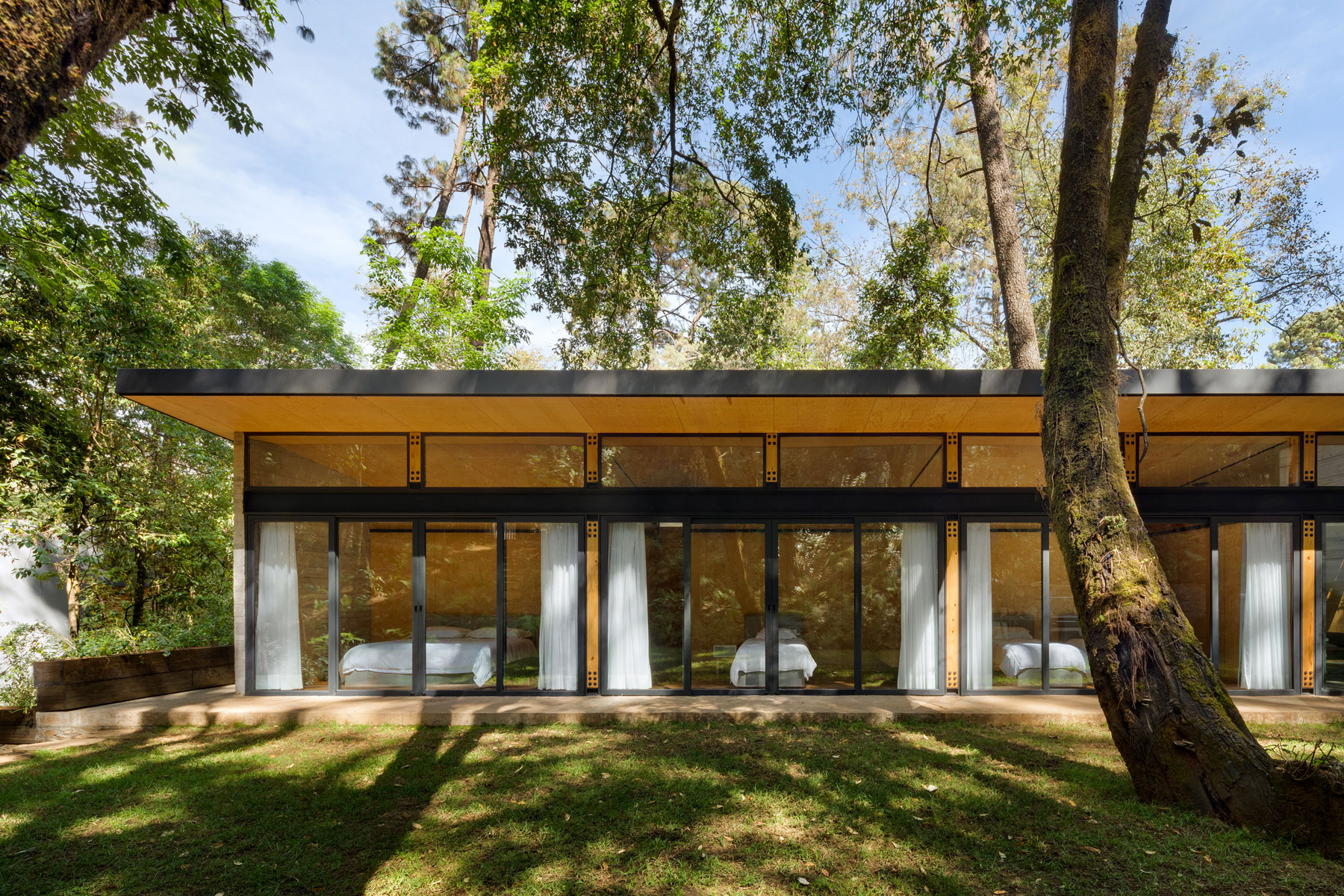
Casa El Pinar’s south facade is made up of floor-to-ceiling windows and black aluminum frames, guaranteeing natural light and capturing maximum warmth to counteract the cold climate. Photo by Rafael Gamo
Energy efficiency can be improved further depending on the orientation or location of the windows themselves, as different directions receive different amounts of direct sunlight throughout the year.
If your project is in a cold climate, all east- and west-facing windows should be low-SHGC. Similarly, north-facing windows should have the lowest U-value possible, while south-facing windows should have a high-SHGC and the lowest possible U-value.
Buildings in warm climates will require that east-, west-, and south-facing windows have both a low-SHGC and low U-value, with those south-facing windows also receiving shade (either from trees, louvers, sun-shades, or other shading providers) throughout the day. North-facing windows only need to have a low U-value.
Proper Installation
At the end of the day, however, a window—even an ENERGY STAR rated one—is only as good as its installation. If a window isn’t installed properly, it can allow air to leak in/out, in which case its energy-efficient properties are more or less negated.
To ensure your project’s windows are installed properly, hire experienced, verified professionals who possess the licenses and insurance required by your local government—and if the window manufacturer recommends certain installers, take their advice seriously.
Examples of Energy-Efficient Windows in the Field
Now that we’re more familiar with what actually makes a window energy-efficient and the differences between certain options, let’s take a look at a few real-world projects that have reduced their carbon footprint and operating costs by making use of energy-efficient windows.
Franklin Mountain House

Large sheets of glass, overhangs, and well placed windows abound here at the the Franklin Mountain House. Photo by Casey Dunn
In El Paso, the Franklin Mountain House designed by Hazelbaker Rush recognizes just how important the daylighting capabilities of windows can be, in terms of both energy efficiency and our mental health.
“We are creatures that instinctively respond to the daily cycles of the sun,” Dale Rush, co-owner of Hazelbaker Rush, previously told gb&d. “It’s imperative to allow the natural light into our homes and to let it dictate our schedule and inform our rhythms.”
Situated in the Chihuahuan Desert, the Franklin Mountain Home receives plenty of natural sunlight, but it’s no stranger to sweltering temperatures either. As a result mechanical air conditioning isn’t entirely avoidable, though it isn’t as necessary as it could be, in large part thanks to its use of windows from Western Window Systems, which feature low-E, argon-filled, dual-pane glass.
28&7
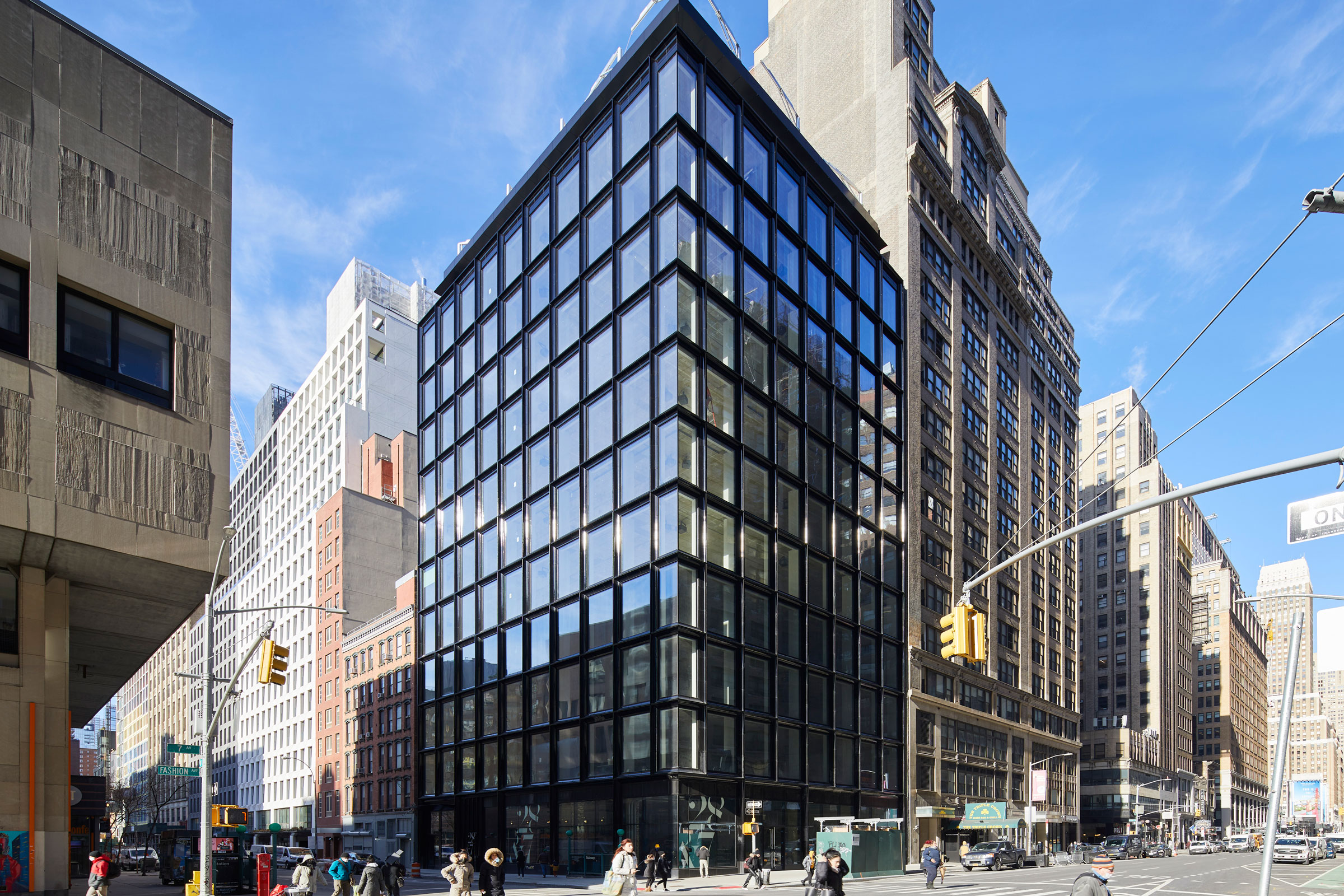
The façade at 28&7 was manufactured in a zero-waste, low-energy process, designed by Shildan Group with a custom glossy black glaze that visually highlights the structural grid. Photo by Dave Burk, courtesy of SOM
Located in Manhattan’s historic Chelsea neighborhood and designed by Skidmore, Owings, and Merrill (SOM), the 28&7 office building is immediately recognizable thanks to its stunning black-glazed terra-cotta facade and many large windows.
Designed to be as high-performance as possible, 28&7 makes extensive use of floor-to-ceiling windows to maximize the admittance of natural sunlight and minimize the need for artificial lighting. To reduce solar heat gain, all of these windows are triple-glazed and incorporate a low-E coating to help reflect long-wave infrared energy—both of which help decrease the need for mechanical heating and cooling.
These windows, along with other sustainable features, helped 28&7 earn its LEED Gold certification and meet New York City’s Zone Green standards.
Two Doughboy Square

In the Lawrenceville neighborhood of Pittsburgh, Two Doughboy Square designed by Desmone Architects mixes contemporary and historical design elements. Photo by Ed Massery
Designed by Desmone Architects as an extension of their main office, Two Doughboy Square treats the health and well-being of employees as an utmost priority—and windows have an important role to play in fulfilling those goals.
Large, ENERGY STAR certified windows—manufactured by YKK AP—are employed throughout the building as a means of letting in natural sunlight (to boost mental health and productivity) and as passive interior temperature aids. To make the most out of the solar energy from the winter sun, windows on the south side of the building were treated with different coatings than those on the building’s north side.
The Lookout
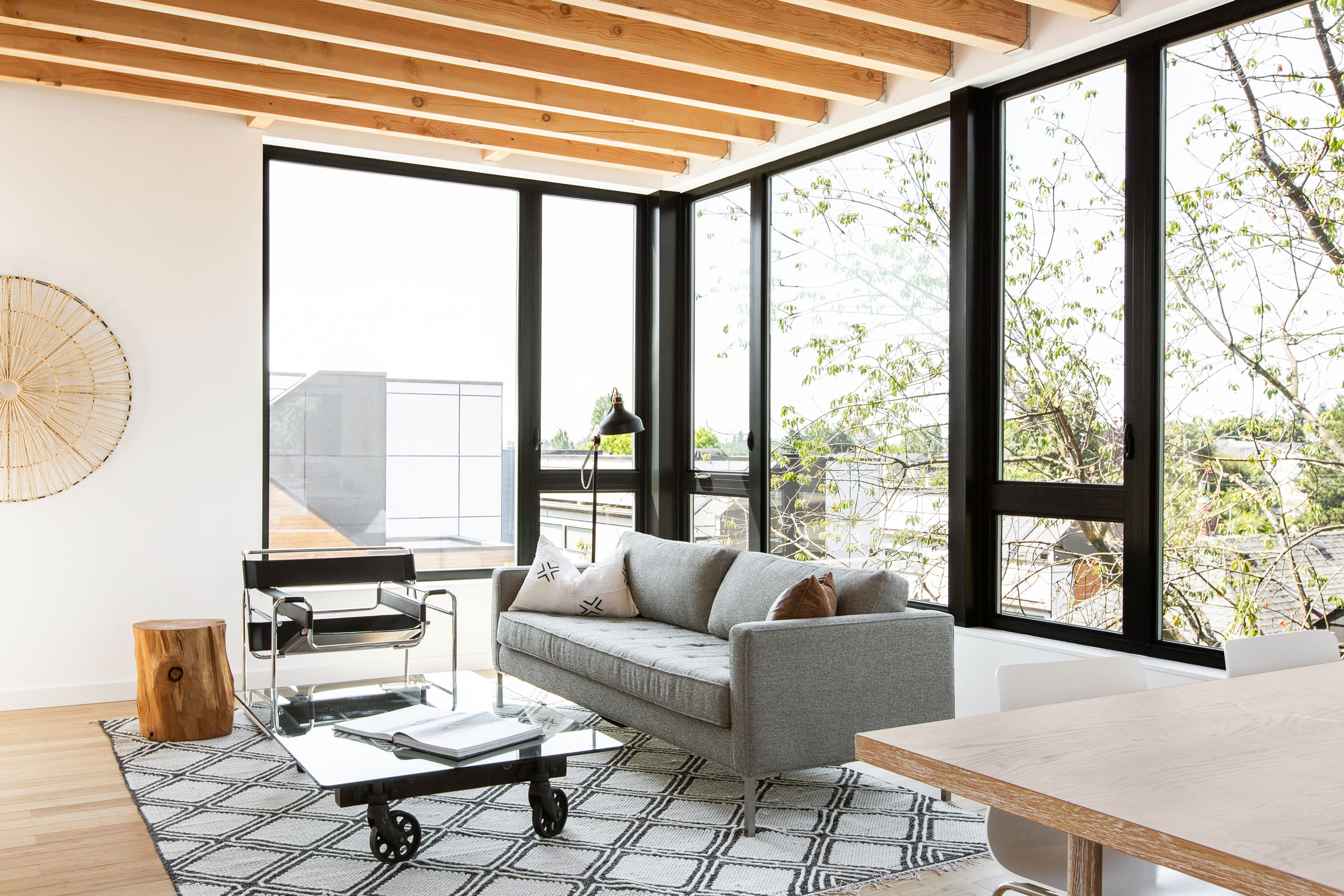
Natural light and light wood are key to the design of The Lookout. Photo by Rafael Soldi
As the name suggests, The Lookout—a modern residential space designed by Hybrid—doesn’t underestimate the importance of windows when it comes to daylighting and providing views to the outside world.
Of course, the architects at Hybrid also recognize the value of energy efficiency, which is why all of The Lookout’s windows came from Lindsay Windows, a company that prioritizes energy-efficient window design. These windows feature low-E glass, double- or triple-glazing, and triple weather-stripping to help reduce the need for interior heating and cooling.
M-22 House
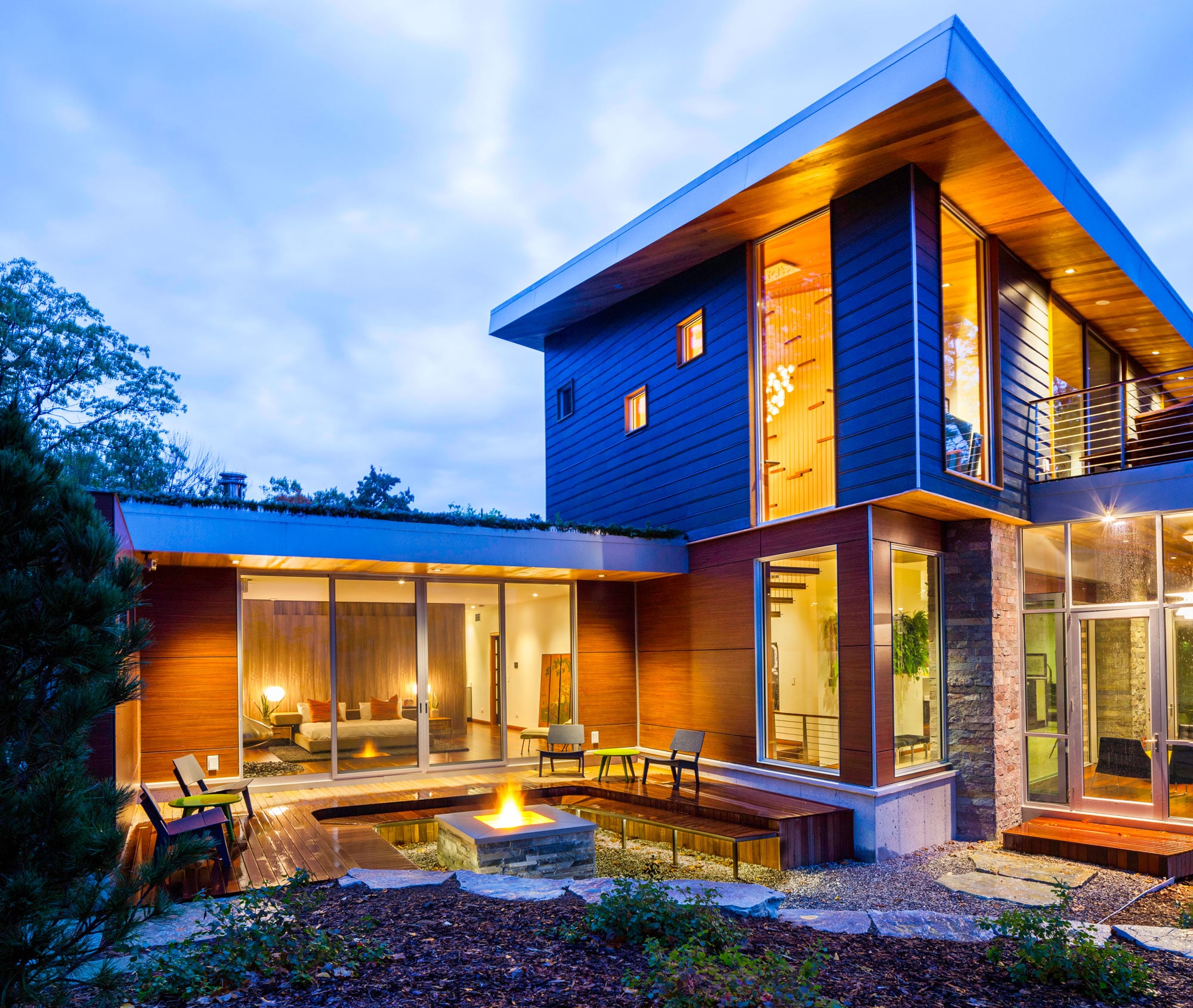
Strategically placed windows give the M-22 House plenty of light and unbeatable views. Photo by Dietrich Floeter
Designed by Michael Fitzhugh Architect and located along a ridgeline overlooking Lake Michigan, the M-22 House makes use of large windows to provide unparalleled views of the surrounding environment and reduce the need for artificial lighting—while also aiding in passive interior temperature regulation.
Manufactured by Western Window Systems, all of M-22’s windows are double-glazed and boast triple-coated low-E glass, as well as durable, tight-fitting weather-stripping. During Michigan’s frigid winters, these windows keep the cold out and the heat in, reducing energy waste by a significant margin.

